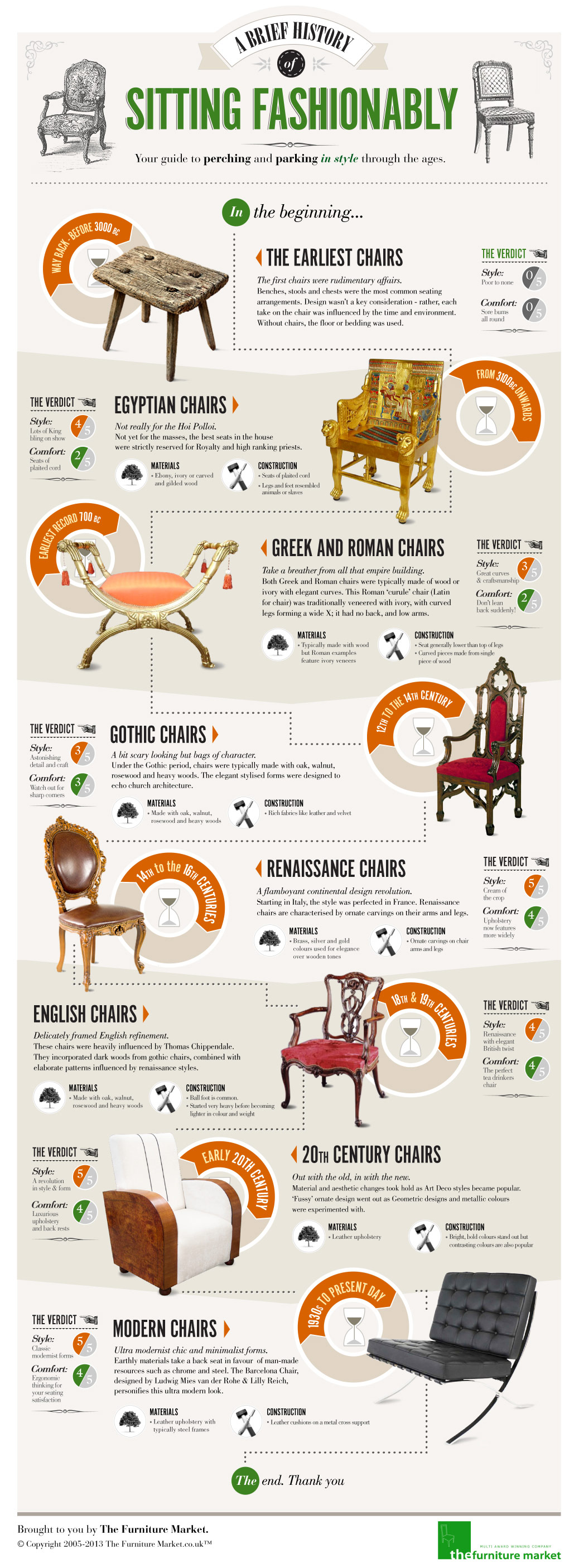Delve Into The Interesting Odyssey Of Refurbishing Historical Closets, Unmasking Concealed Stories And Deciphering The Secrets Of Previous Generations
Delve Into The Interesting Odyssey Of Refurbishing Historical Closets, Unmasking Concealed Stories And Deciphering The Secrets Of Previous Generations
Blog Article
Published By-Gorman Kerr
To begin the trip of recovering antique cupboards, you need a keen eye for information. Visualize revealing concealed tricks within each layer of history ingrained in the timber. Photo the complete satisfaction of reviving a once-forgotten piece to its previous splendor. custom bookcases of this careful procedure holds the crucial to maintaining the past while creating a future treasure. So, are you ready to embark on this transformative undertaking and unlock the potential of your antique closets?
Analyzing the Cupboard's Condition
When beginning the restoration process, start by analyzing the condition of the antique cabinet. Thoroughly analyze the total framework for any type of indicators of damage such as splits, chips, or loosened joints. Examine the timber for any kind of rot, warping, or insect invasion that might have taken place in time. It's important to establish the level of the reconstruction required prior to continuing additionally.
Next, evaluate the closet's equipment such as joints, knobs, and locks. Make note of any type of missing out on pieces or parts that need repair or substitute. Ensure that all equipment is functioning properly and firmly attached to the closet.
In addition, assess the closet's coating. Seek any type of scrapes, discolorations, or discoloration that might affect the visual charm. Figure out if the finish needs to be stripped and reapplied or if an easy touch-up will certainly suffice.
Gathering the Needed Devices and Products
After assessing the problem of the antique cabinet, the following action is to gather the necessary devices and materials for the restoration process. Prior to https://collinxgoyg.atualblog.com/33839066/explore-the-numerous-factors-that-influence-your-decision-when-picking-the-excellent-timber-for-your-custom-made-cupboards-and-raise-the-look-of-your-area begin, ensure you have the complying with products on hand:
- wood cleaner
- sandpaper in different grits
- timber filler
- paint or wood stain
- brushes
- handwear covers
- safety and security goggles
- a dirt mask
- a drop cloth
- a putty blade
- a hammer
- a screwdriver
- a vacuum
These tools and products are crucial for a successful remediation.
Timber cleaner is vital for removing years of dust and gunk build-up, preparing the surface area for fining sand. Sandpaper of various grits aids in raveling imperfections and preparing the timber for a brand-new finish. Timber filler comes in handy for fixing any kind of splits, openings, or dents present in the closet.
Paint or wood discolor, in addition to brushes, allow you to customize the cabinet to your choice. Bear in mind to wear gloves, security goggles, and a dust mask for security. Lay down a ground cloth to safeguard your workspace, and use a vacuum to tidy up any particles.
With these tools and materials gathered, you prepare to begin the remediation process.
Executing the Remediation Process
To effectively implement the repair process on your antique cabinet, begin by extensively cleansing the surface with the wood cleaner. This action is essential as it helps remove years of dust, grime, and old polish that might have accumulated on the surface.
When the cabinet is tidy and completely dry, evaluate the condition of the timber. Look for kitchen remodel on a budget of splits, scratches, or various other damages that require to be attended to. Use timber filler to fix any type of imperfections, making certain to match the filler color to the timber tone for a smooth coating.
After the repair work have dried out, delicately sand the whole surface area to produce a smooth and even base for the new surface. soft-close cabinet hinges not to sand too boldy, as you don't intend to damage the wood underneath.
Once the sanding is total, use a timber tarnish or end up of your selection, complying with the producer's directions. Allow the coating to completely dry entirely prior to using a protective top coat to make certain the longevity of your restored antique closet.
Conclusion
Now that you have actually finished the restoration process, your antique cupboard looks like brand-new.
By adhering to the detailed overview, you had the ability to assess, repair, and boost its condition effortlessly.
With a fresh surface and protective leading coat, your treasured piece will continue to radiate for years to find.
Enjoy the elegance of your restored antique cupboard!
